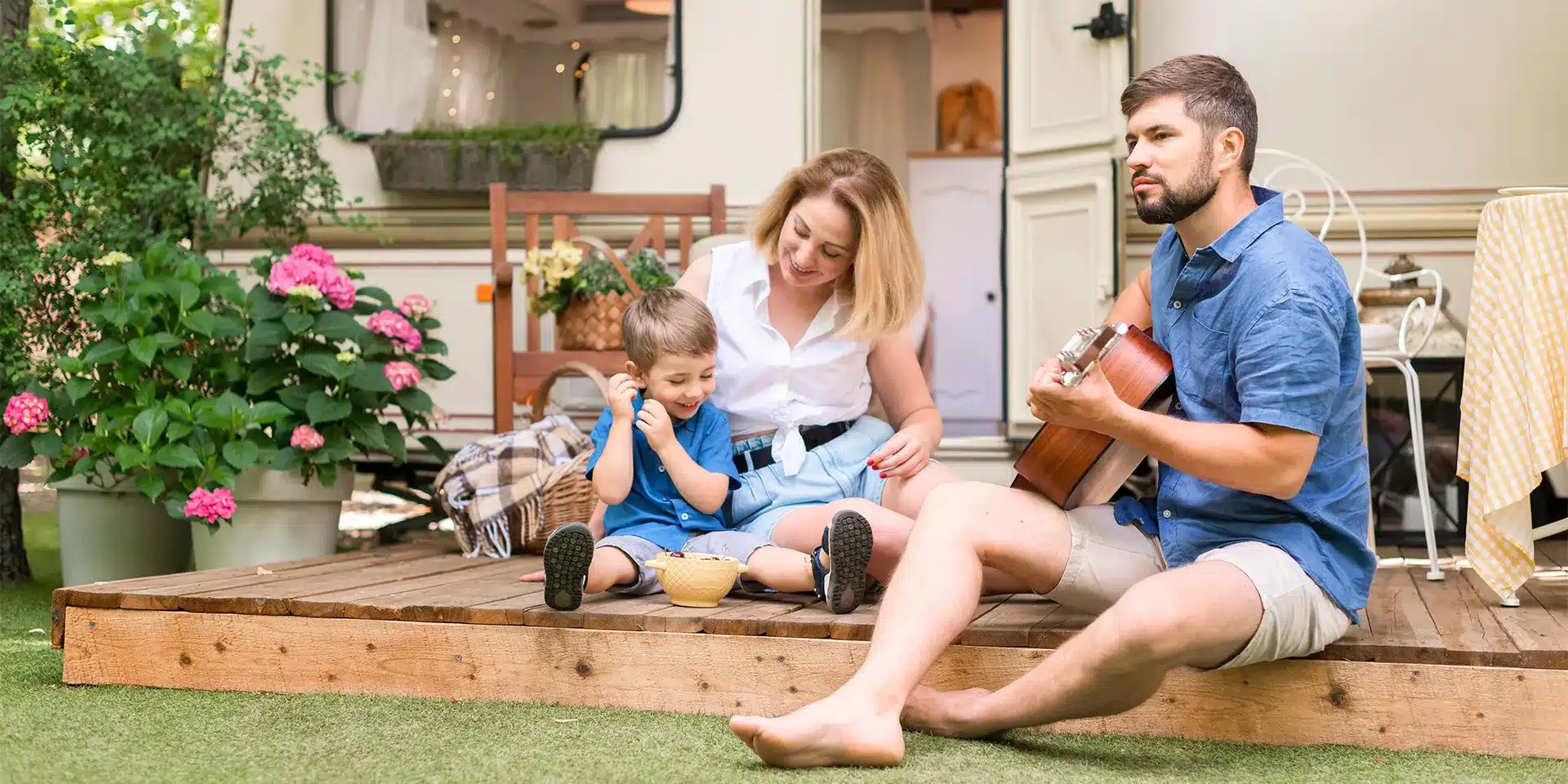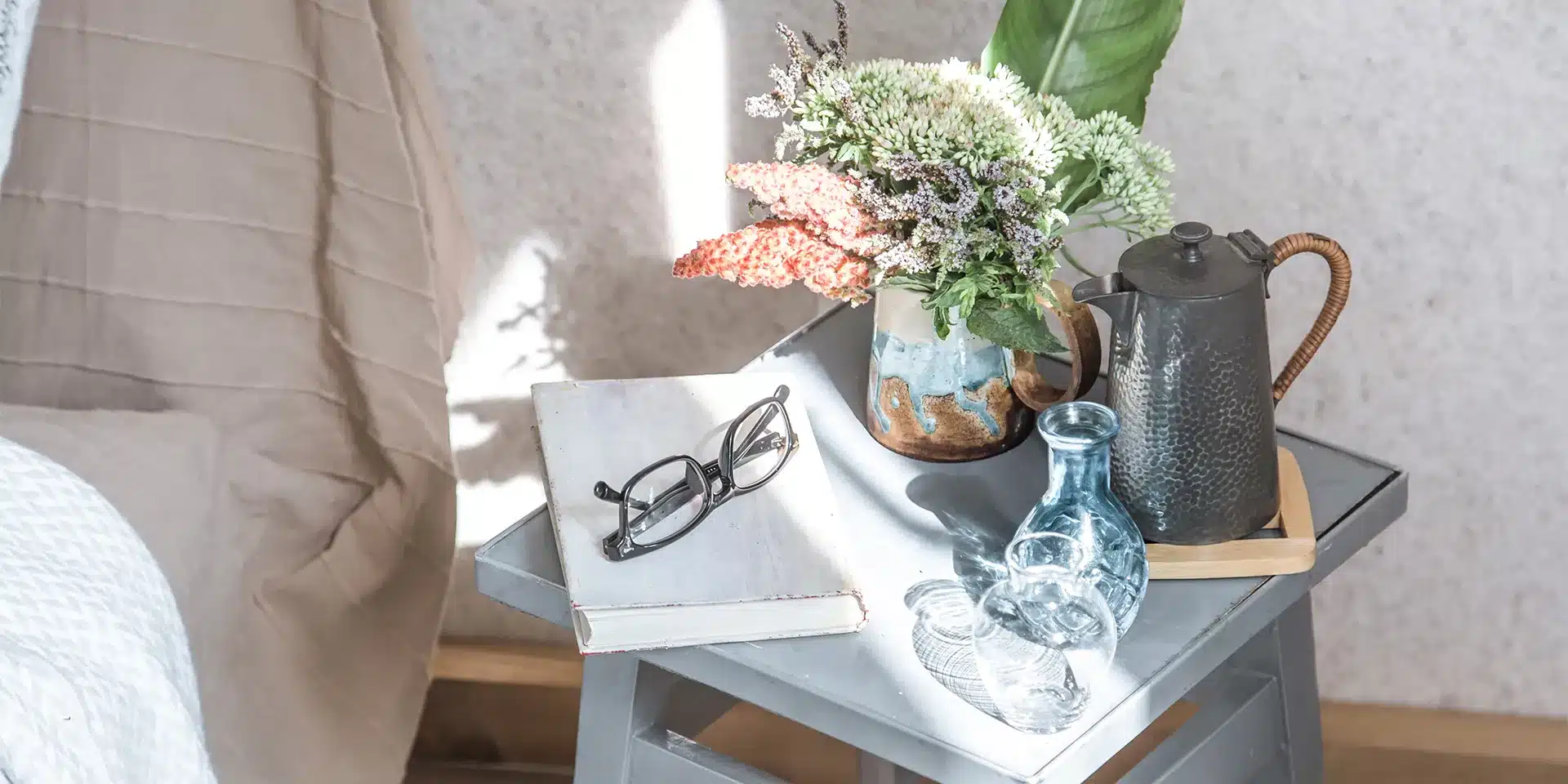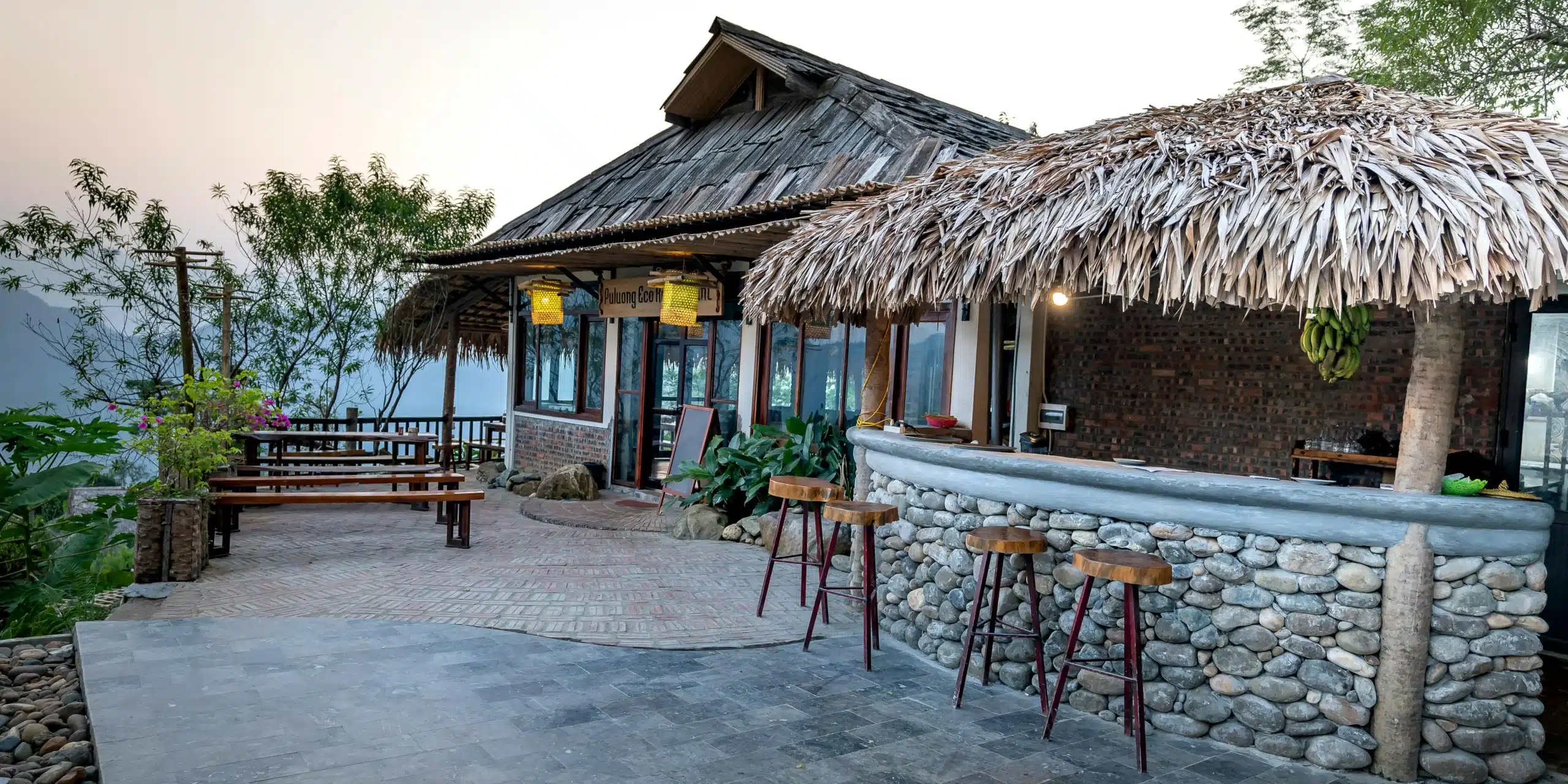A well-decorated outdoor space is supposed to be a great place for us to relax, but when you find spiders crawling on your furniture, I’m afraid that even the most comfortable environment can become a bit frightening. Although most spiders are harmless to humans, there are some venomous species that may pose a health risk.
Don’t worry, in this post, we’ll explain why spiders are attracted to outdoor furniture and share 11 practical ways to help you easily keep them away and make your outdoor living more enjoyable.
Why Does Outdoor Furniture Attract Spiders?
Spiders like dark and sheltered environments, and outdoor furniture just meets their needs. The bottom of tables and chairs, the gaps between cushions are ideal places for spiders. Furthermore, when outdoor lights are turned on at night, they will attract a large number of flying insects. These flying insects can become a rich source of food for spiders. Because there is plenty of food and a comfortable environment here, spiders naturally like to stay here.
11 Ways to Keep Spiders Off Outdoor Furniture
Now that we’ve learned why outdoor furniture is so attractive to spiders, we’ll share 11 simple and effective ways to help you easily drive them away and keep your outdoor furniture comfortable and tidy.
1. Clean Your Furniture Regularly

Cleaning furniture regularly is an important way to keep spiders away. If furniture isn’t cleaned for a long time, dust, insect eggs, insect remains and other debris can quickly accumulate, providing an ideal environment for spiders to build webs. When cleaning, not only should you wipe the surface of tables and chairs, but you should also focus on cleaning hidden areas such as gaps and joints. For cushioned furniture, it’s best to remove the cushions for cleaning.
When cleaning furniture, it’s also a good idea to rearrange the furniture. Spiders rely on a stable environment to settle and build webs, and regularly moving furniture can effectively break their “sense of territory” and significantly reduce the attractiveness of the area to spiders.
2. Check Furniture Gaps Regularly

Outdoor furniture is exposed to the elements for a long time, and is prone to cracking or breaking. These hidden spaces become ideal hiding and breeding areas for spiders. Therefore, we should regularly check the legs of tables and chairs and the joints of furniture. If breaks are found, they should be repaired with outdoor caulking agent or wood glue in time. This will not only repel spiders, but also extend the service life of furniture.
3. Sprinkle Diatomaceous Earth

Diatomaceous earth is a very fine powder with sharp microscopic edges. When a spider comes into contact with it, diatomaceous earth destroys its exoskeleton structure, leading to dehydration, thereby killing it through a physical process.
When using it, just sprinkle it on areas where spiders may be infested, such as the bottom of furniture, around the legs of chairs, or in dark corners next to outdoor furniture. Rain or strong winds will disperse diatomaceous earth, so it should be reapplied in time when the weather is bad to ensure continued effectiveness.
Diatomaceous earth is relatively safe for humans and pets. However, to avoid dust irritating the respiratory tract, it’s recommended to wear a mask when spreading and avoid areas where pets and children often come into contact.
4. Spray Homemade Repellent Spray

Using homemade repellent spray is a cost-effective and efficient method. White vinegar spray and citrus fruit spray are both good choices. Their strong, pungent scents interfere with a spider’s sensory system, effectively keeping them away.
Both sprays are easy to make: for white vinegar spray, mix equal parts of white vinegar and water in a spray bottle; for citrus spray, soak orange or lemon peels in boiling water for at least 24 hours, filter out the peels, and put the cooled liquid in a spray bottle.
To avoid damage, test it on an inconspicuous area of the furniture before spraying. And it’s best to re-spray every few days to maintain the repellent effect.
5. Install Outdoor Fans

In summer, installing fans in main outdoor seating areas keeps the space cool and helps repel spiders and flying insects.
Spiders rely on a stable environment to build webs, and continuous airflow will disrupt their web-building process, forcing them to find another place. At the same time, many flying insects are extremely sensitive to wind and do not like to stay in areas with strong airflow, so fans can also effectively reduce the gathering of flying insects, thereby indirectly reducing spiders’ food sources.
It’s recommended to choose a waterproof, rust-proof fan with a large air volume, especially when it is turned on in the evening when flying insects are active, for a better insect repellent effect.
6. Place Cedar Wood Around

The volatile essential oils (such as cedrol) naturally emitted by cedar wood have an effective insect repellent effect.
You can place cedar wood chips at the bottom of outdoor furniture, on window sills, and other places where spiders are likely to appear. In addition to placing wood chips directly, you can also make cedar wood sachets to hang near furniture or place them in outdoor storage cabinets.
However, since the insect repellent effect of cedar wood will weaken as the smell evaporates, it’s best to replace it every 1 to 2 months in a humid environment to maintain its effectiveness.
7. Use Citronella Candles

Citronella candles release citronellal when burning, which can effectively repel spiders and mosquitoes. They can also create a warm atmosphere for outdoor spaces such as patios and gardens, and are especially suitable for gatherings in summer and autumn nights. When using, place them around relaxation areas, away from flammable objects and strong winds.
8. Reduce Light Attraction

Outdoor lights at night attract flying insects, which are the main food of spiders, thus indirectly attracting spiders to build webs here. To reduce this, keep the outdoor area dark at night. If lighting is needed, it’s recommended to use yellow or warm-colored bulbs that are less attractive to flying insects, or install sensor lights that only turn on when necessary.
9. Clear Surrounding Clutter

In order to prevent spiders from breeding, it’s also important to clean up the clutter around outdoor furniture. Things like stacked gardening tools, old cardboard boxes, and unused flower pots are often the favorite hiding places for spiders. Don’t ignore fallen leaves and weeds, either. Not only do they provide good cover, but the small insects attracted by their decaying process may also become a source of food for spiders, indirectly making them prefer to stay here.
10. Regularly Trim Surrounding Plants

Dense grass, low-hanging branches and climbing plants not only provide homes for spiders, but also serve as bridges for them to enter the furniture area.To keep spiders away, it’s necessary to regularly trim the grass and shrubs around your outdoor furniture, clear the branches that are overhanging or close to it, and avoid climbing plants directly attached to furniture or walls.
11. Planting Insect-Repellent Plants

If you love gardening, you might want to plant some plants with natural insect repellent effects around your furniture, such as lavender, rosemary or basil. Not only do they emit a distinctive scent that effectively repels spiders and other insects, but they can also add greenery and beauty to your outdoor space. If you don’t have a cat at home, mint is also a particularly recommended choice.
Final Thought
In short, the key to creating a spider-free outdoor space is to adhere to daily maintenance and preventive measures, such as keeping furniture and the surrounding environment clean, using insect repellent spray regularly, and adjusting outdoor lighting appropriately. In this way, you can stay away from these “uninvited guests” and enjoy a pleasant time.




